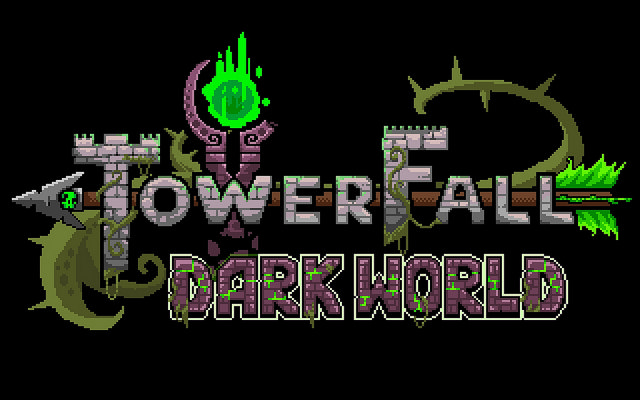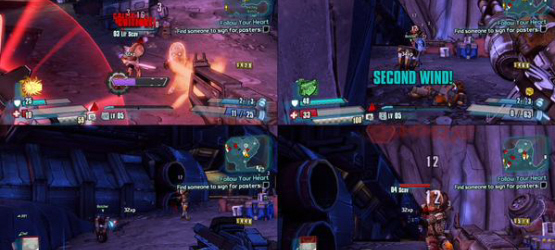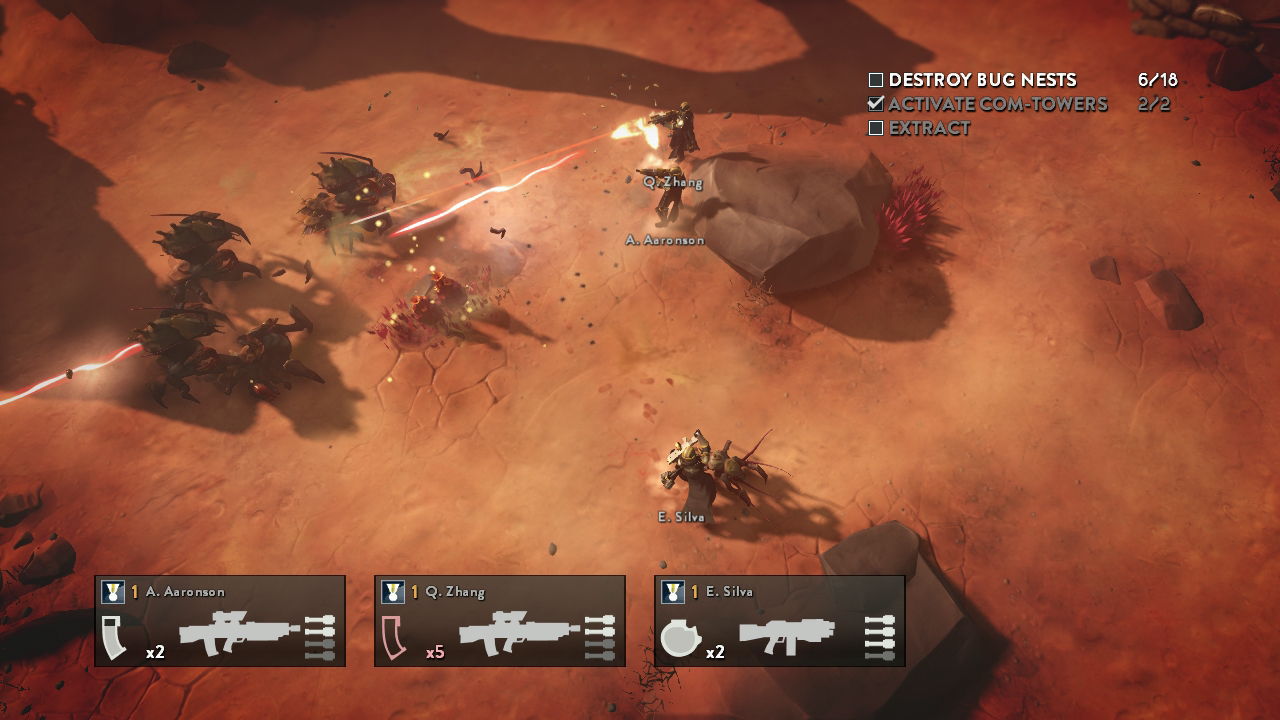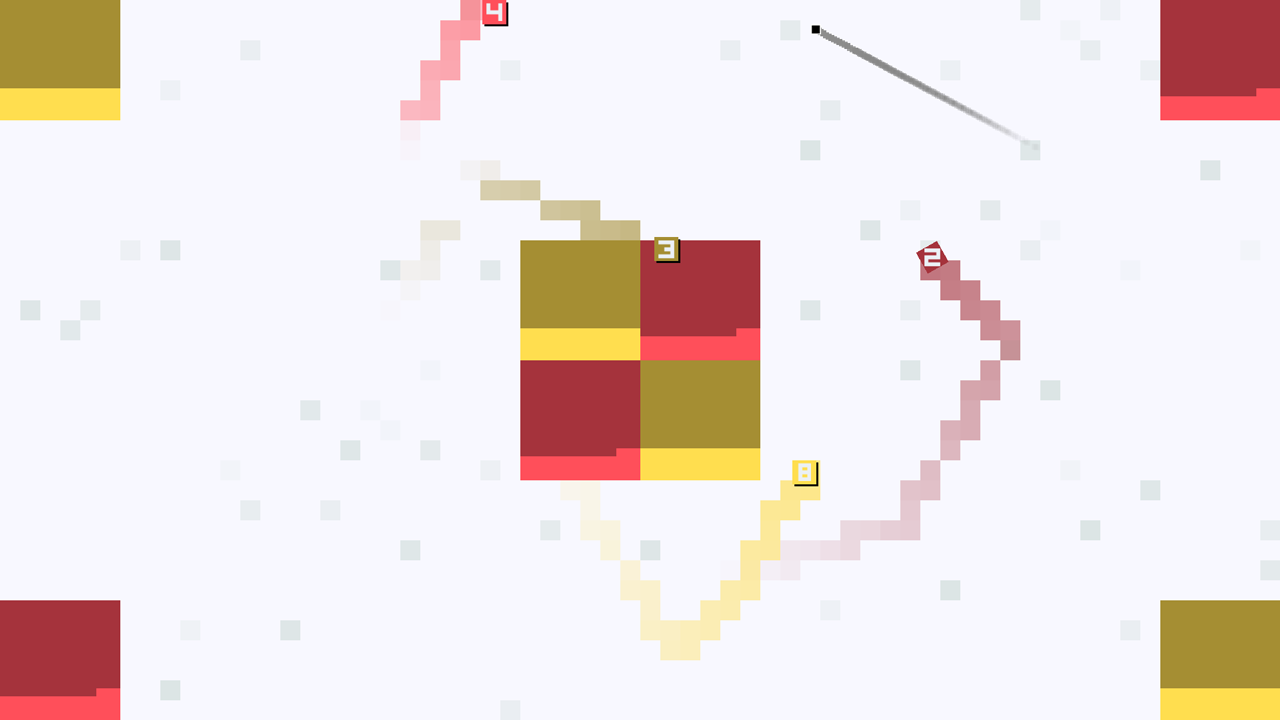When I look back and think about my favorite gaming moments, almost all of them involve local multiplayer. I can recall countless nights spent trying to destroy Axel in Twisted Metal and racing to the finish line in Crash Team Racing. It turns out that the moments I cherish most are the ones I spent with good friends.
Online is the Future…
While online multiplayer was used by a few games on the PlayStation 2 (notably with games like SOCOM: U.S. Navy SEALs and Final Fantasy XI), it never truly replaced local multiplayer. This was due to many reasons including a network adapter that was needed for non-slim style PS2s, and the fact that high speed internet wasn’t common in the early 2000s. This all changed in 2006 when the PlayStation 3 was released. Not only did the new console feature built-in Wi-Fi, more homes had access to the internet than ever before. This naturally led to more games focusing on online multiplayer and many abandoning local multiplayer completely.
Now, don’t get me wrong; I love online multiplayer. It is probably the most important innovation in gaming and one that has and will continue to bring me thousands of hours of joy. The convenience is unparalleled, especially since as one grows older they’ll have less time to hang out with loved ones. However, nothing really beats getting friends together, sitting down in the living room and playing games with your favorite people.
…But Local Multiplayer Still Rules
Local multiplayer is a large part of why the Nintendo Wii became not just a popular gaming device, but a national phenomenon. Games like Wii Sports and New Super Mario Bros. Wii proved that there was still a market for games that specialized in local multiplayer. While that same type of widespread success hasn’t been seen since then, there has been a recent resurgence of local multiplayer on the PS4
In the past year we’ve seen PS4 titles like TowerFall Ascension, Sportsfriends, and the recently released exclusive Helldivers all feature fantastic local multiplayer. From cooperative campaigns to just goofing around with friends, each of these titles show off the best of what local multiplayer can offer. Want to see how an intense game can be enhanced by teamwork then try Helldivers. If you want to laugh more than you have in years, then Sportsfriends is there for you and your friends.
Recent Resurgence
It may seem odd to see so many recent releases that prioritize local multiplayer, but co-op gaming is back and better than ever. There are multiple reasons why this is happening, but it should prove no surprise that its resurgence has lined up with the rise of indie games and digital distribution. Games no longer have to be $60 products that need to take up valuable shelf space. The influx of affordable indie games has led to many genres gaining new life as 2D platformers, point-and-click adventure games and couch co-op has now come into play again as if it was the ’90s.
So why are so many indie titles focusing on local multiplayer instead of online multiplayer? It’s a question with a simple answer: online networking takes a lot of work to do. When tasked with either developing an online infrastructure or polishing a game to be the best experience it can be many developers are choosing to polish. I recently spoke with Pringo Dingo Games’ Co-founder Joel Clark on the subject.
“In most cases, local multiplayer games are based around a relatively simple set of mechanics,” said Joel. “You can prototype them quick, get a clear idea of what makes the [game] fun, and then spend the rest of the time on polish. That’s why a lot of these games are very high quality–they’ve had the time to make it feel good instead of spending the time on any peripheral mechanics.”
Best Is Yet to Come
The extra focus on polish is why games like TowerFall Ascension are so much fun. Would Matt Thorson’s hectic arrow shooting game be as good as it is if he had spent more of his time on programming networking code than polishing the core gameplay? Probably not. While many people, understandably, complain when a game is lacking online multiplayer, it is completely understandable why many smaller games do not include them. Thankfully, with features like Share Play, more people can still enjoy these local multiplayer-only games.
It isn’t just indie games that are embracing local multiplayer, as blockbuster releases such as Diablo III Ultimate Evil Edition and Borderlands: The Handsome Collection both include the option to play with friends on the same couch. The future is bright for local multiplayer even if it is a relic of the past. This trend is one I hope never goes away and one that I will always cherish.
What about you? Are you a fan of local co-op or do you prefer online multiplayer? Sound off int the comments below.
Local Multiplayer
-
Awesomenauts Assemble!
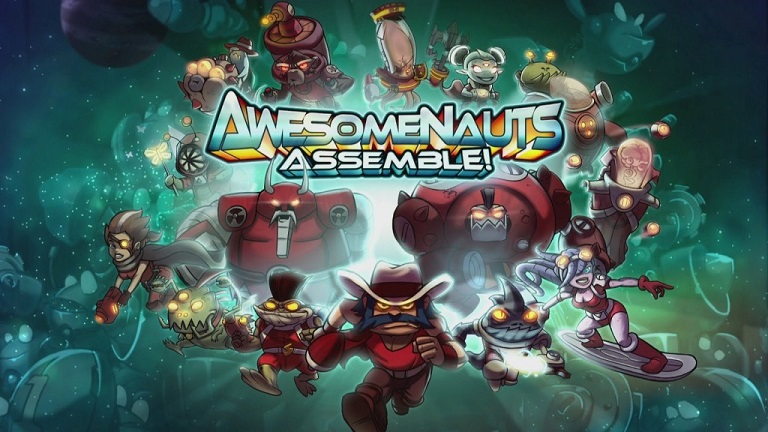
-
Borderlands: The Handsome Collection
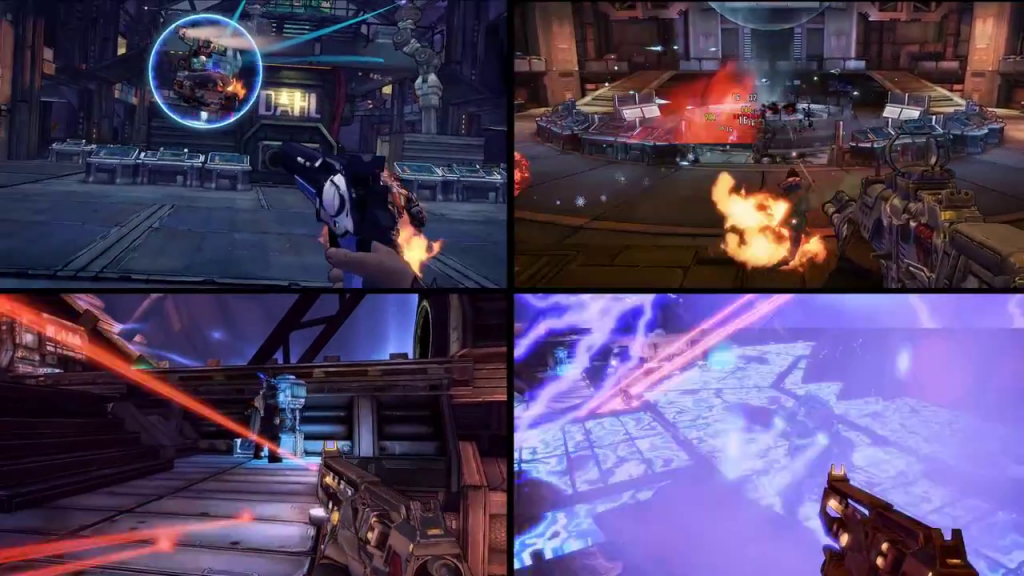
-
LEGO Batman 3: Beyond Gotham
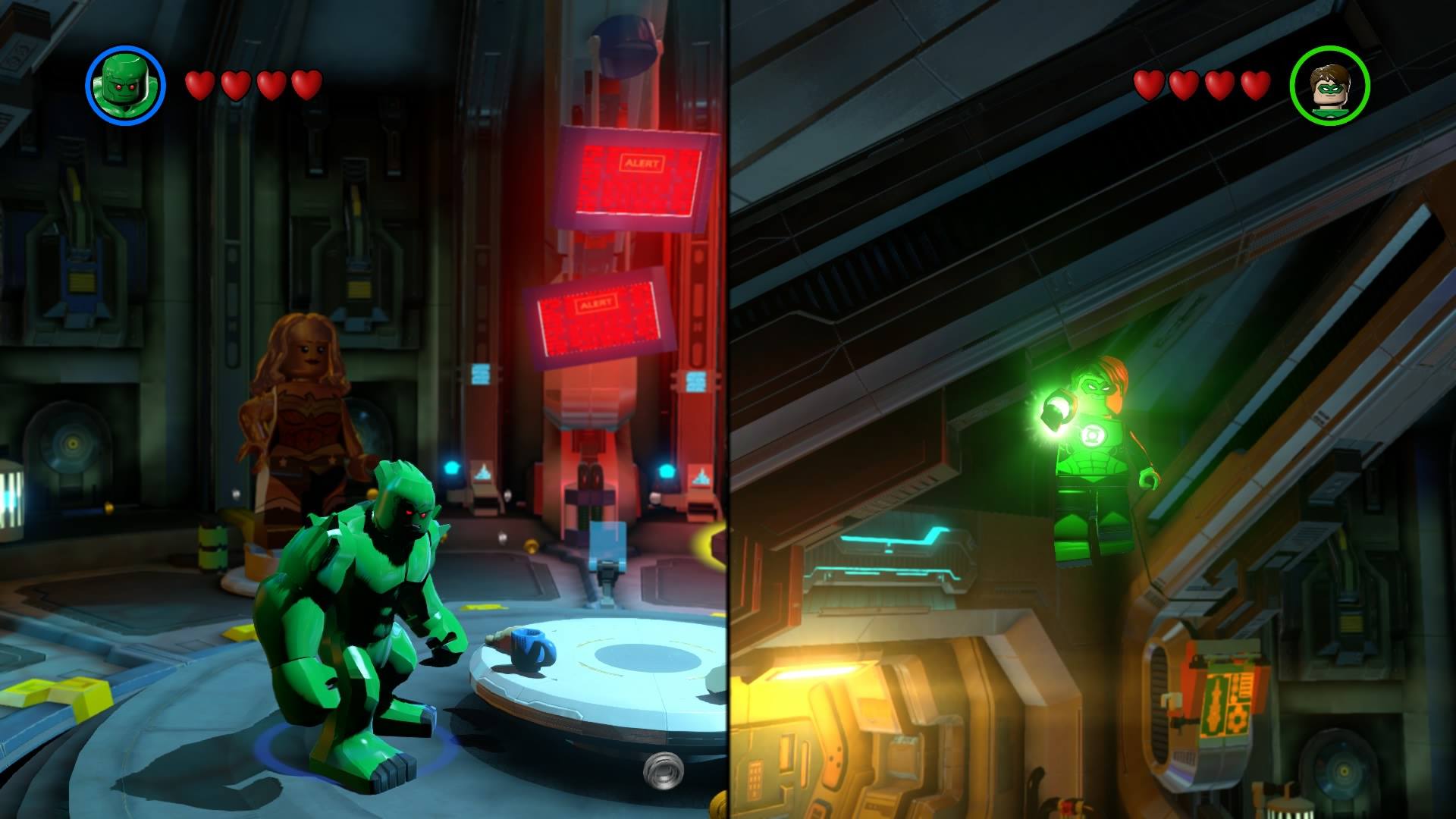
-
Mercenary Kings
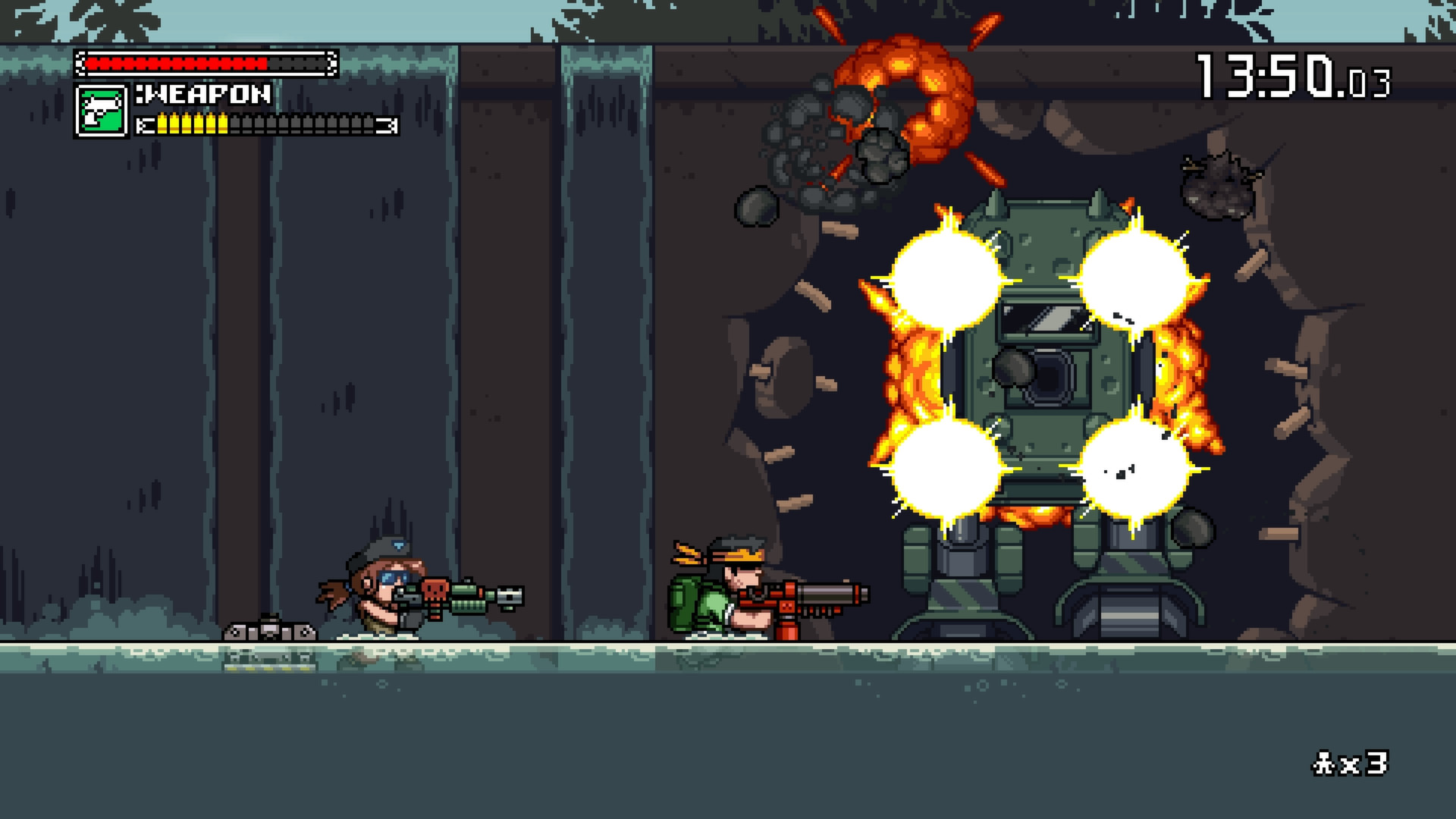
-
Sportsfriends
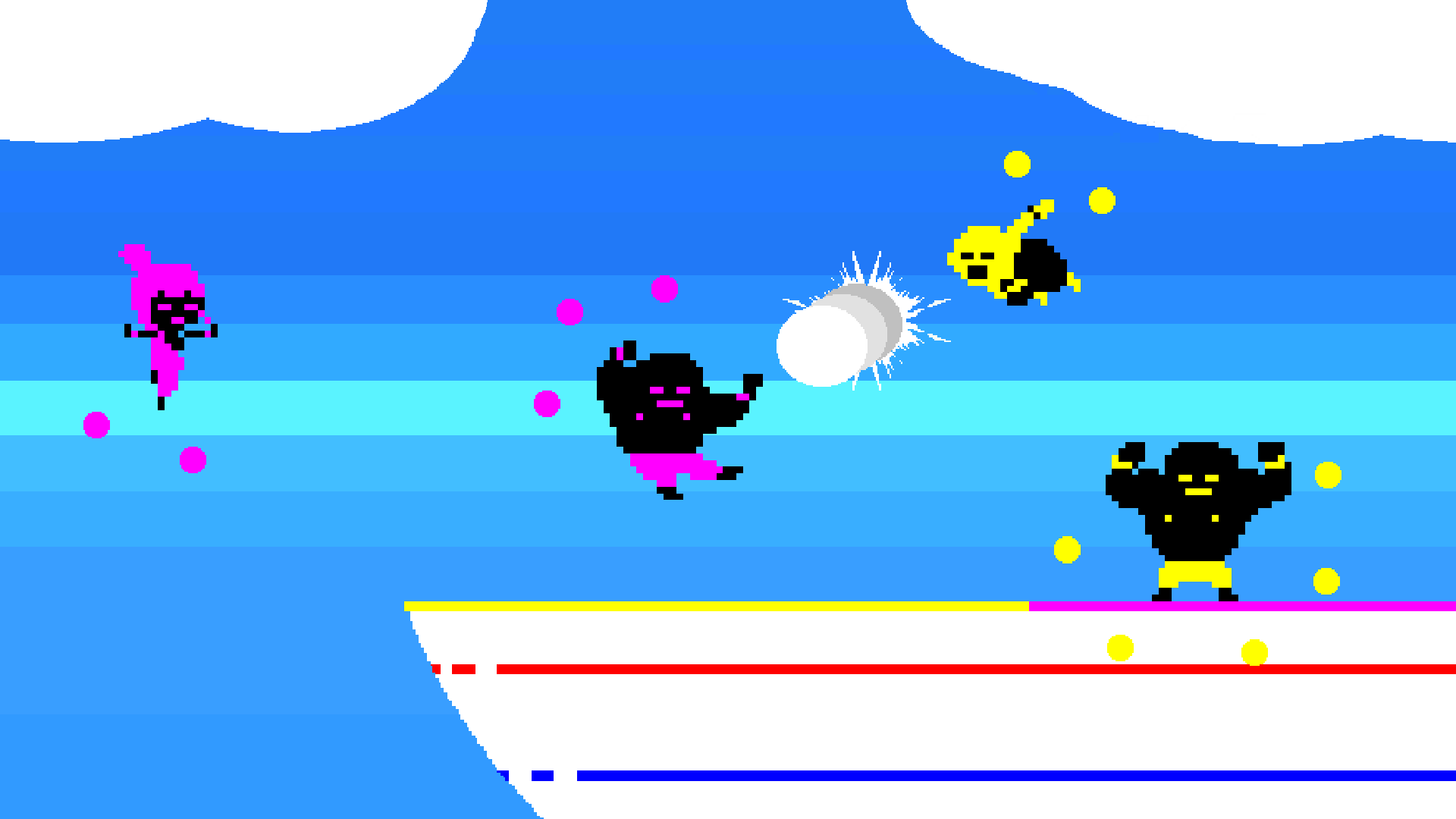
-
TowerFall Dark World
